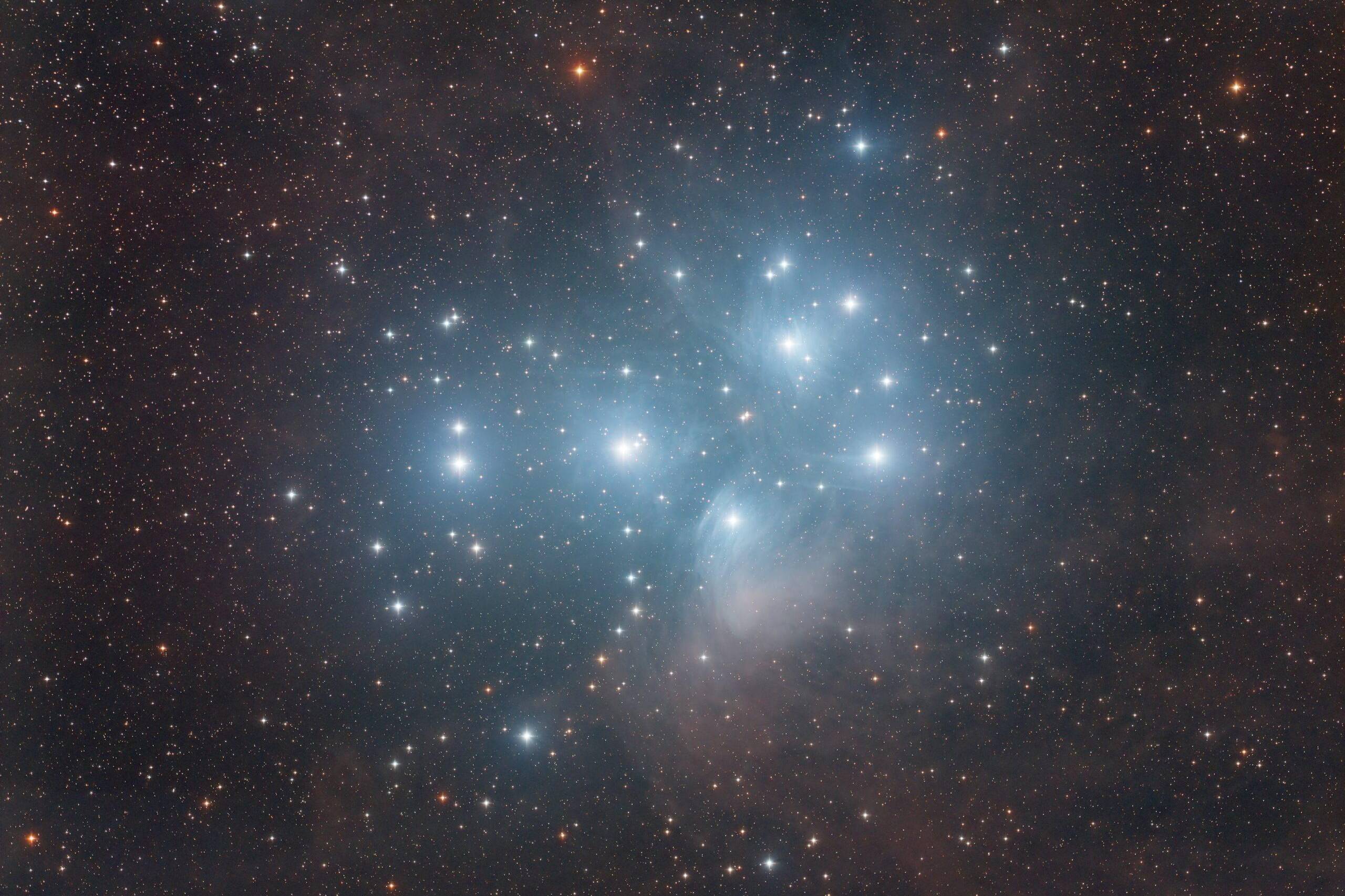In order to get the best from your observing and imaging sessions, your reflecting telescope needs to be properly collimated. In other words, the optical axis of the telescope must be optimised to reflect the light optimally. Newtonian and Ritchey- Chretien design scopes do not deliver a crisp and sharp image unless they are properly collimated. A laser collimator is a device that can aid in getting the telescope properly collimated.
I want to emphasise that I am not in any way paid in money or kind to write these words. I do this for the love of it and to help others and I have no connection whatsoever to the maker of these collimators.
Sadly, Howie Glatter himself passed away in 2016. He was a very kind man and was incredibly friendly, knowledgable and approachable. There was almost nothing he didn’t know regarding the subject of collimation of telescopes! His company was taken over by Starlight Instruments. My review in the video below was made in 2013 and my example was made by the late Howie himself. However, the pedigree of Starlight Instruments, famous because of their focusers, would imply that the exactitude of Howie’s methods are continued.
Rather than me type a novel here, please review the video. I think you will see that I am most impressed with my example!
Clear skies and happy collimating! 🙂
Related Posts
25/03/2022
How to Trust your Intuition when You’re Making a Decision
When you are alone for days or weeks at a time, you eventually become drawn to…
20/03/2022
How to Appreciate the Little Things in Life and be Happy
Just the other day I happened to wake up early. That is unusual for an…



